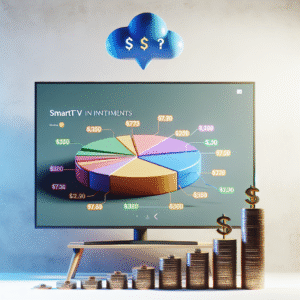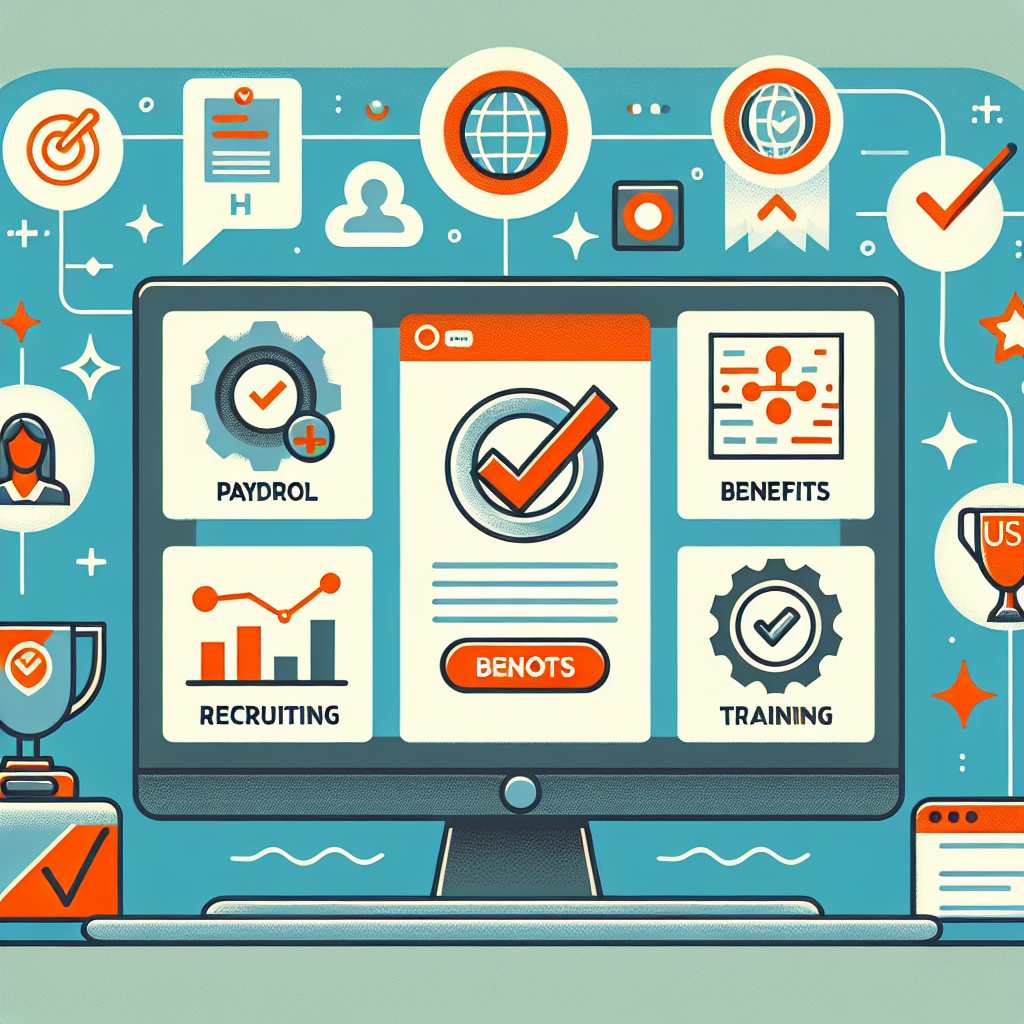In today’s fast-paced business environment, managing human resources efficiently is vital for organizational success. HR software has emerged as a game changer, streamlining operations and enhancing employee engagement. This article explores the features and benefits of HR software in the U.S. and highlights some of the top solutions available to businesses.
What is HR Software?
HR software is a digital solution designed to manage a company’s human resources functions, from recruitment and onboarding to payroll and performance management. By automating processes and improving data management, HR software helps organizations to create a more efficient and engaged workforce.
Key Features of HR Software
When implementing HR software, it’s essential to know what features to seek. Here are some key functionalities that can significantly enhance HR processes:
1. Applicant Tracking System (ATS)
An ATS helps HR departments manage the recruitment process from job posting to applicant screening. It simplifies candidate tracking, interview scheduling, and collaboration, ensuring that hiring managers can focus on selecting the best talent.
2. Employee Onboarding
A smooth onboarding process is critical for new hires. HR software provides features for document submission, training schedules, and integration with organizational tools, ensuring a seamless transition for new employees.
3. Payroll Management
Automating payroll processes reduces errors and saves time. Integrated payroll features provide tools for calculating wages, managing taxes, and generating payslips – ensuring compliance with federal and state regulations.
4. Performance Management
Effective performance management tools allow companies to set goals, conduct evaluations, and track employee progress. This feature fosters continuous feedback and development, enhancing overall employee performance.
5. Time and Attendance Tracking
HR software often includes features for tracking employee hours and attendance. This can simplify scheduling, manage leave requests, and ensure compliance with labor laws.
6. Benefits Administration
Managing employee benefits can be complex. Integrated benefits administration features allow HR teams to manage health insurance, retirement plans, and other employee benefits efficiently.
7. Employee Self-Service Portals
Self-service portals empower employees to manage their own information, such as updating personal details, accessing pay stubs, and submitting leave requests. This not only improves employee satisfaction but also frees up HR professionals to focus on strategic initiatives.
Benefits of HR Software
HR software brings numerous advantages to organizations of all sizes. Here’s a look at the primary benefits:
Increased Efficiency
By automating repetitive tasks, HR software significantly reduces administrative burdens. This allows HR teams to redirect focus towards strategic planning and employee development.
Enhanced Data Management
HR software centralizes employee data, making it easy to access and analyze. With comprehensive reports and insights, organizations can make informed decisions about workforce trends and budgeting.
Improved Compliance
Ensuring compliance with labor laws is crucial for avoiding penalties. HR software helps organizations stay up-to-date with changes in legislation, simplifying the task of document management and reporting.
Better Employee Engagement
Features such as performance management and employee self-service portals improve communication and engagement. Happy employees are often more productive and satisfied, leading to lower turnover rates.
Scalability
As organizations grow, their HR needs become more complex. HR software is designed to scale up or down according to organizational size, ensuring that tools evolve with the company.
Top HR Software Solutions in the US
Several HR software solutions stand out in the highly competitive U.S. market. Here are a few top contenders:
1. Workday
Workday is known for its user-friendly interface and comprehensive suite of HR features, including talent management, payroll, and workforce analytics. It’s particularly suited for medium to large enterprises.
2. BambooHR
BambooHR is an excellent choice for small to medium businesses. Its intuitive design offers features like applicant tracking, performance management, and employee self-service, making it an all-in-one solution for streamlined HR processes.
3. ADP Workforce Now
ADP Workforce Now provides a robust platform for payroll management, benefits administration, and time tracking. This solution is ideal for businesses of all sizes looking for integrated HR functionalities.
4. Zenefits
Zenefits simplifies HR tasks particularly for small businesses. From onboarding to compliance management, Zenefits offers a comprehensive suite of tools that enhance worker engagement and administrative efficiency.
5. Namely
Namely provides a personalized HR experience for mid-sized companies, emphasizing company culture and employee experience. Its platform includes payroll, benefits, performance management, and a self-service portal for employees.
Conclusion
HR software has become an indispensable part of business operations in the United States. By embracing the myriad features and benefits enabled by technology, organizations can optimize their HR functions, leading to a more engaged and productive workforce. Choosing the right HR software tailorable to the unique needs of each business is vital, ensuring not just compliance and efficiency but also fostering a positive employee experience.
Investing in HR software is investing in your organization’s future. Now is the time to explore the possibilities of streamlining your HR operations and enhancing employee satisfaction.






